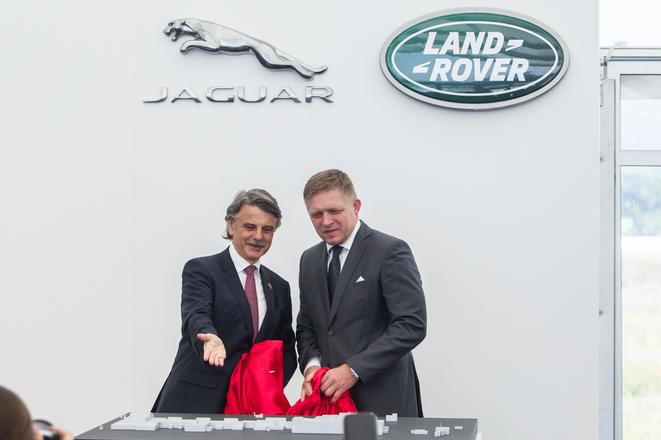Slovakia’s GDP is expected to increase by 4 percent year-on-year in 2018 and by 4.2 percent in 2019, the European Commission stated in its Spring Forecast. Private consumption is set to remain the main contributor to overall growth in Slovakia, backed by solid real wage growth and further employment gains. Consumer prices will likely grow by around 2 percent, reflecting wage increases and positive private demand. Meanwhile, a boost is expected in investment and net trade.
Investment growth is set to culminate in 2018 at around 6 percent, driven mainly by major projects in the car industry, chiefly the completion of the Jaguar Land Rover plant in Nitra. Next year, investment activity should remain strong, mainly due to public projects such as the construction of the Bratislava highway bypass, the TASR newswire reported.
“The tightening of the labour market coupled with insufficient labour supply in some regions is bound to continue exerting upward pressure on nominal wages, particularly in an environment of reviving consumer prices,” reads the report, pointing to a record low in unemployment in 2017 (8.1 percent), which is expected to decline further to around 6 percent in 2019.
Nevertheless, based on data from the Slovak labour offices, the unemployment rate already fell in March to 5.5 percent.
“Inflation is expected to pick up to over 2 percent in 2018, reflecting renewed growth in energy prices and rising prices of services,” reads the report. “By contrast, food price growth is set to soften over the course of the year.”
Slovakia’s public finance deficit was reduced from 2.2 percent of GDP in 2016 to 1 percent in 2017, the lowest level on record. This was largely due to high revenue collection, lively economic growth and a strengthening labour market. The headline deficit is set to decline to 0.9 percent of GDP in 2018 and 0.3 percent in 2019, according to the European Commission.



 The construction of the Jaguar Land Rover plant in Nitra started in September 2016 in the presence of global director of Jaguar Land Rover, Ralf Speth, and then-Slovak Prime Minister Robert Fico. (source: Sme)
The construction of the Jaguar Land Rover plant in Nitra started in September 2016 in the presence of global director of Jaguar Land Rover, Ralf Speth, and then-Slovak Prime Minister Robert Fico. (source: Sme)